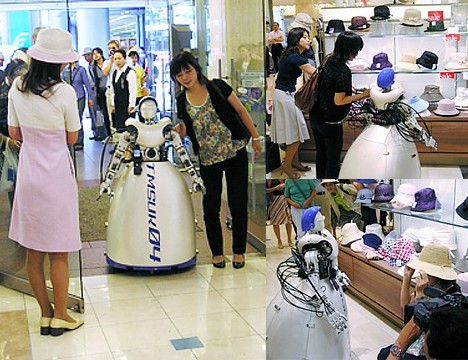
In nature, it is quite rare to encounter octopi with extra tentacles (or "arms," for the purists), but a pair of aquariums in Japan's Mie prefecture have some extraordinary specimens on hand.
The permanent display at the Shima Marineland Aquarium in the town of Shima includes a 96-tentacled Common Octopus (Octopus vulgaris) that weighed 3.3 kilograms (about 7 lbs) and measured 90 centimeters (3 ft) long when it was captured in nearby Matoya Bay in December 1998. Before dying 5 months later, the creature laid eggs, making it the first known extra-tentacled octopus to do so in captivity. All the baby octopi hatched with the normal number of tentacles, but unfortunately they only survived a month.
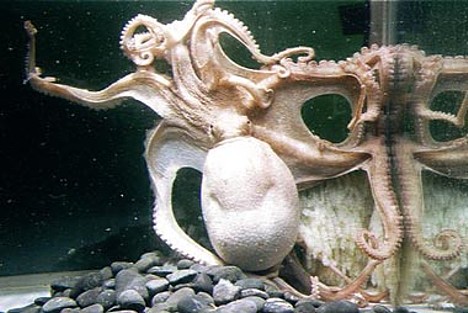
96-tentacled octopus laying eggs
The preserved octopus actually has the normal number of 8 appendages attached to its body, but each one branches out to form the multitude of extra tentacles. Apparently there is no theory that fully explains the surplus tentacles, but they are believed to be the result of abnormal regeneration that occurred after the octopus suffered some sort of injury.
* * * * *
The Toba Aquarium in the nearby town of Toba also has a few extraordinary octopus specimens, although they no longer appear to be on permanent display. Every now and then, though, the aquarium pulls them out of storage for the world to see.
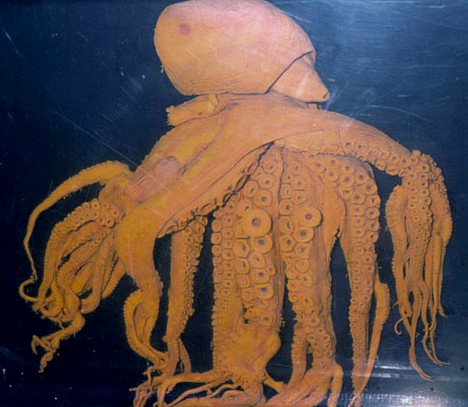
85-tentacled octopus at Toba Aquarium
Their most well-known specimen is an 85-tentacled Common Octopus captured in 1957 at nearby Toshijima island. This remarkable creature -- which, like the Shima Marineland octopus, has 8 main arms that branch out to form scores of tentacles -- made quite a stir when it first went on display at Toba Aquarium a half-century ago. A few years later, the specimen was loaned to the National Museum of Nature and Science in Tokyo, where it famously caught the attention of the Showa Emperor.
The renowned creature eventually returned to Toba and went on permanent display until the aquarium moved to a new location in 1985, at which time it was placed in storage. Twenty years later, in 2005, the specimen entered the spotlight again when it was put on temporary display.
In the 50 years since the 85-tentacled octopus was captured, the Toba Aquarium has exhibited 6 other mutant octopi, most of them alive for a time, and each with between 9 and 56 tentacles.
[Related: Photo: Nine-tentacled octopus]
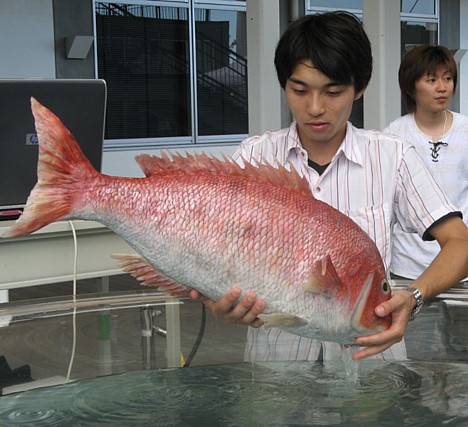


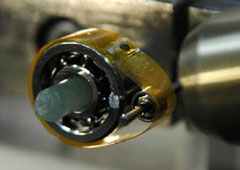 A research team led by professor Tomiki Ikeda at the Tokyo Institute of Technology has developed what is being called the world's first plastic motor powered solely and directly by light.
A research team led by professor Tomiki Ikeda at the Tokyo Institute of Technology has developed what is being called the world's first plastic motor powered solely and directly by light.




